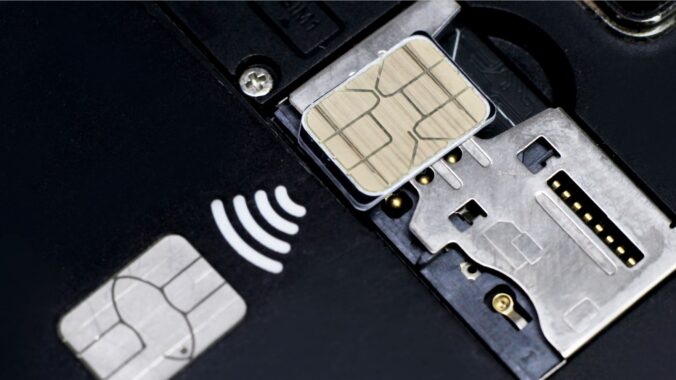The Internet of Things (IoT) has been exploding in the last decade, with more and more connected objects or devices. These devices, once connected to the external world or to a private app, can transfer device data and support device owners with new monitoring features. This helps them make decisions that are more informed. When it comes to home security, the key advantage of connected devices is that your systems can transfer data in real-time, for you to be able to react quickly, in the case of you traveling and suspecting something is going wrong at home. IoT also enables home security systems to offer a variety of new features, such as secure biometrics and face detection at your door.
If connected devices send key information to homeowners, they often will provide security device makers key information to help them better monitor their devices and plan for required updates.
IoT increases security systems performance, when choosing the right connectivity technology.
When choosing a new connected security system, it’s important to consider the different connectivity technologies. One can go for wired (landline), wireless, or a combination of both. We believe devices with wireless cellular connectivity – or wireless in combination with fixed line – are the best option. Why?
Cellular connectivity brings additional security as wireless devices can be designed with robust hardware, keeping your services up and running; even in the case of power outages or physical data lines cut by home burglars or criminals.
With the rise of 4G or 5G, new features providing more performance to home security systems, such as video streaming, real-time device monitoring or over-the-air device management are supported.
“For EBS, iron-clad security is at the core of our business. As a manufacturer of smart security systems, we have over 3 million devices in the field. Our customers trust EBS to be at the forefront of security technology at all time – and to keep them and their property protected. This is a responsibility that we take incredibly serious, also when choosing our suppliers. With the Cinterion ELS62, we are able to rely on Thales’ extensive security expertise and have a connectivity module that is state-of-the-art, allows us to explore new technologies while never leaving any doubt about data protection”, said Piotr Blaszczyk, Member of the Management Board – Director for Research, Development and Technical Support EBS Sp. z o. o.
IoT enables secure, remote updates, for devices installed for a long time. Home security systems are usually installed to last and run for many years. In this context, it is important that security devices are monitored carefully, to avoid connectivity breaks and ensure device uptime.
Cellular IoT connectivity enables reliable and secure transfer of critical data, to monitor devices condition and react quickly, if needed. Software or security features updates can be run remotely, over-the-air, to save the time and the cost of sending someone to your house.
If your security system is connected with cellular, you can also benefit from freshly new systems, such as dedicated IoT SIM cards, that ensure 24/7 connectivity to the best operator in your sector. This tremendously simplifies the installation of a security system at home (either by a technician, but also in a DIY context). In addition, it will ensure that your home security systems will remain connected, even in the case of network disruption that could cause service interruption.
Cellular IoT connectivity can protect home security systems from cyberattacks.
We should not forget that devices that are wirelessly connected can bring the question of cyberattacks and remote control on devices, by malicious people.
Cellular technology, provided by cybersecurity experts like Thales, keep connected devices protected from cyber-attacks. Connectivity solutions that are well designed, integrate tamper-resistant environments (secure hardware such as modules or SIM cards) that keep your security devices identity and secret device information in protected environments, which no physical or remote hacker could access (for example, secure storage of credentials or of the expected result of a biometrics face scan).
IoT home security solutions can implement very strong digital authentication systems, based on trusted identities and encryption mechanisms, to make sure that the data generated by your security device is clearly coming from YOUR device and has not been modified, on the way to your monitoring app.
Interested in finding out more about the Internet of Things? You can read more about it here:
- What’s new in IoT in ’22?
- How can eSIM help overcome the challenges of IoT connectivity activation?
- Five ways smart technology is revolutionising the agriculture industry
Or, leave a comment below and make sure to follow us on Twitter @ThalesDigiSec!



